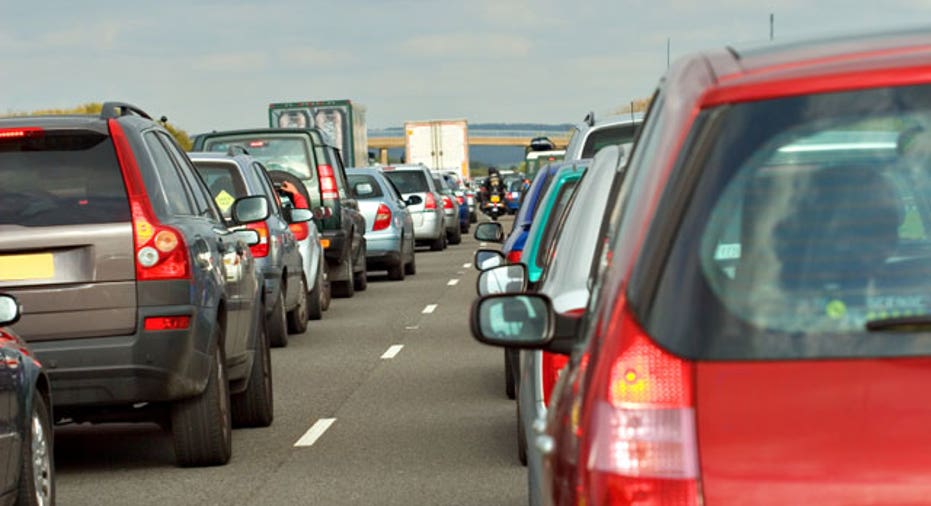Self-Driving Cars: You Can Text, but You Can't Drink

Your robot car won't be your designated driver anytime soon, at least in Nevada.
But you will be able to text, proudly and openly.
The state this week released draft rules to govern self-driving cars, which it has approved for testing on its public roads. The cars, sometimes known as autonomous vehicles, use technologies such as radar, global positioning and computer vision to operate independently of human input. For now, though, there must be someone sitting in the driver's seat who holds a valid license and isn't drunk.
"Nevada is the first state to embrace what is surely the future of automobiles," Bruce Breslow, director of the Nevada Department of Motor Vehicles, says in a statement. "These regulations establish requirements companies must meet to test their vehicles on Nevada's public roadways as well as requirements for residents to legally operate them in the future."
Breslow offered a peek at that future to the Associated Press: “There is no exemption for drinking and driving.”
But there is for texting. The state's newly enacted ban includes an exemption for self-driving cars operating in their autonomous mode.
Red plate, green plate
For the testing phase, companies putting vehicles through their paces on public roads in Nevada must post a bond of up to $3 million, depending on the number of cars they unleash, and maintain liability insurance at Nevada's state minimum levels.
There must be two operators on board. One of them must be in the driver's seat and ready to push a highly visible on/off switch to take control.
Each car must have a black box recording and storing the last 30 seconds of data before a collision.
And you will be able to identify them not by their implacable resistance to intimidation and horn blasts, but by a red license plate.
Later, once cars are approved for public use, they'll have green license plates -- and won't necessarily require a driver behind the wheel. Google, the chief proponent and deep-pocketed backer of autonomous cars, envisions driverless delivery vans and taxicabs.
The “operator” will still be responsible, the regulations warn, but the rules don't specify any increased liability for private owners piloting 2-ton vehicles from their couches.
Who's responsible, Google or you?
The uncertainty over who'll ultimately be responsible for accidents and injuries is widely seen as the roadblock for autonomous cars. (The New York Times offers this pessimistic take on the technology's chances.)
Nevada's proposed regulations don't address that issue specifically. The security bond it requires is for companies testing the cars, not for eventual owners. But the proposal does offer this intriguing provision:
“If a driver is not necessary, the autonomous technology shall be granted all of the rights and shall be subject to all of the duties applicable to the driver of a vehicle, except those provisions which by their nature can have no application.”
Autonomous cars are people, too, my friends.
Normally we warn of fiery doom if you don't have enough insurance (See “What if you hit a Bentley?”), but we'll bet Google's pockets are deeper than yours.
The original article can be found at CarInsurance.com:Self-driving cars: You can text, but you can't drink